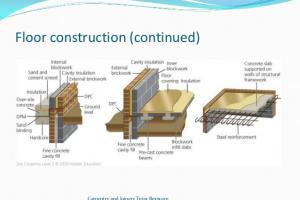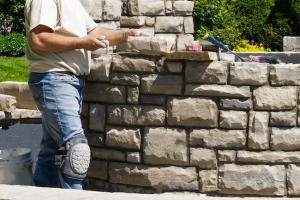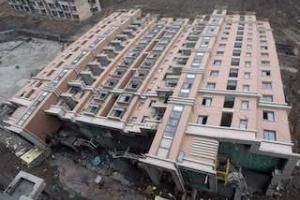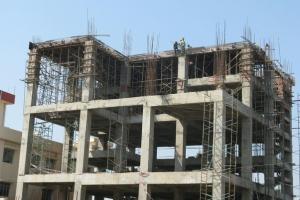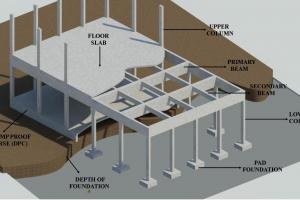Methods of Preventing Dampness in Buildings

Dampness in buildings can lead to a range of problems such as mold growth, structural damage, and health issues. Preventing dampness requires a combination of measures to control moisture intrusion and promote proper ventilation. Here are some methods to prevent dampness in buildings:
Proper site selection and landscaping:
During the design and construction phase, it's essential to choose a suitable location that minimizes exposure to groundwater and surface water. Proper grading and landscaping around the building can help divert water away from the foundation.
Effective drainage systems:
Installing a well-designed and properly maintained drainage system is crucial. This includes gutters, downspouts, and adequate sloping of the land around the building to ensure that rainwater is efficiently directed away from the foundation.
Waterproofing:
Applying waterproofing materials to vulnerable areas such as basements, foundations, roofs, and external walls can help prevent water penetration. These materials may include coatings, membranes, and sealants that create a barrier against moisture.
Damp-proof course:
A damp-proof course is a layer or barrier inserted into the walls, usually at ground level, to prevent rising dampness. It can be made of materials like asphalt, plastic sheets, or specialized damp-proofing products.
Adequate ventilation:
Proper ventilation is essential in controlling moisture levels within the building. It helps to remove excess humidity and prevent condensation. Well-ventilated spaces should have exhaust fans or ventilation systems installed, particularly in areas prone to moisture such as bathrooms, kitchens, and laundry rooms.
Insulation:
Insulating the building properly helps regulate temperature and reduces the likelihood of condensation. Insulation materials like foam, mineral wool, or cellulose can be applied to walls, roofs, and floors to prevent temperature differentials and subsequent condensation.
Air circulation:
Promoting airflow within the building is vital. Furniture and other objects should be placed away from walls to allow air to circulate freely. Additionally, built-in features like vents or air bricks can be installed to enhance airflow and reduce stagnant moisture pockets.
Regular maintenance:
Regular inspection and maintenance of the building are necessary to identify and address potential sources of dampness. Promptly fixing leaks, repairing damaged roofs or plumbing, and ensuring the proper functioning of drainage systems are vital to prevent moisture-related issues.
It's worth noting that the specific methods employed to prevent dampness may vary depending on factors such as climate, building design, and local building codes. Consulting with professionals, such as architects, engineers, or building contractors, can provide tailored guidance based on the specific requirements of your building.



